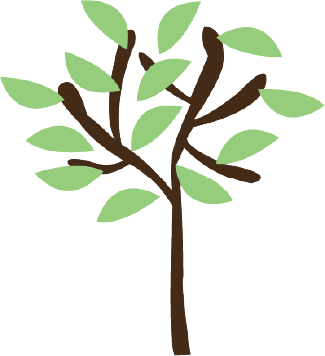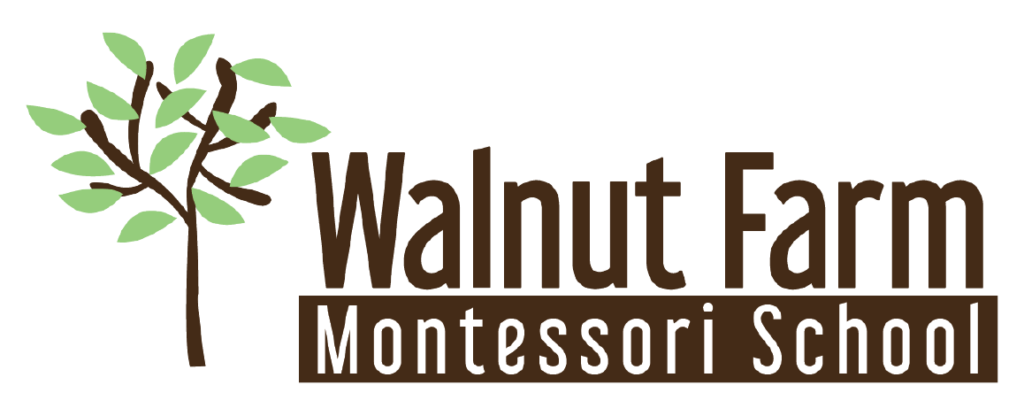The Great Lessons
Once children reach Elementary age, they are beginning a new plane of development (ages 6-12). This child is able to have a reasoning mind. At this stage, children are beginning a gradual journey to abstraction and they have a major focus on social relationships. Children in this plane also have a vast imagination! For these reasons, Montessori incorporated The Great Lessons into the Elementary curriculum. These lessons are meant to spark the child’s imagination and jump start a new exploration. Each great lesson lights a spark and invites children to be inspired by the stories. In Montessori, lessons go from the big picture and spiral into smaller details. The Great Lessons are meant to be a springboard from which children can dive in.
The First Great Lesson is a story about the beginning of the universe. We start with the very beginning, when it was colder than cold and darker than dark. From there we use several science experiments and stories to help children imagine what things were like back then. This lesson also jump starts our space and history curriculum. From there we learn about planets formations, galaxies, solar systems and the lifecycle of stars. By beginning with the universe, we are setting the stage for the rest of our curriculum.
The Second Great Lesson is the coming of life. After learning about how the universe began, we may begin to take a look at how our Earth began. Children learn how the Earth’s atmosphere formed, the first signs of life on Earth and different stories and myths about Earth’s beginning from different cultures. The Timeline of Life is a huge point of interest for children. It is a long timeline, spanning feet across the floor of different eras in Earth’s time. Children are able to see the progression from each era. From this lesson, many children are inspired to learn about dinosaurs and other prehistoric creatures. It also leads to the study of biology, botany, animal kingdoms and biomes.
The Third Great Lesson is the coming of human beings. Children learn about how humans made their grand entrance onto the planet and how we impacted to world. This lesson leads to the study of history, culture and discoveries. In Upper Elementary, children dive deeper into ancient humans and civilizations.
The Fourth Great Lesson is the history of language. Since humans have been on the Earth, they have been communicating with each other. We learn about how language, communication, and signs have evolved. We discuss cave drawings, hieroglyphs, and different alphabets that were used over time. These lessons may also go hand in hand with other grammar, writing, geography, and history lessons that we are learning.
The Fifth Great Lesson is the story of numbers. Children learn about how ancient civilizations kept track of hunting or food. This may also tie into studies of Roman Numerals and different forms of measurement. We also discuss how math has changed our world through the development of technology through the years.
The Great Lessons help anchor our curriculum and inspire children in their learning. They are meant to spark their imaginations and inspire them to research, create, and take charge of their own learning. Each story encompasses an enormous amount of history for the world around us and allows children to be introduced to a variety of topics to explore.
“..let us give him a vision of the whole universe. The universe is an imposing reality, and an answer to all questions…. All things are part of the universe, and are connected with each other to form one whole unity. The idea helps the mind of the child to become focused, to stop wandering in an aimless quest for knowledge. He is satisfied having found the universal centre of himself with all things.” – Maria Montessori, To Educate the Human Potential.

